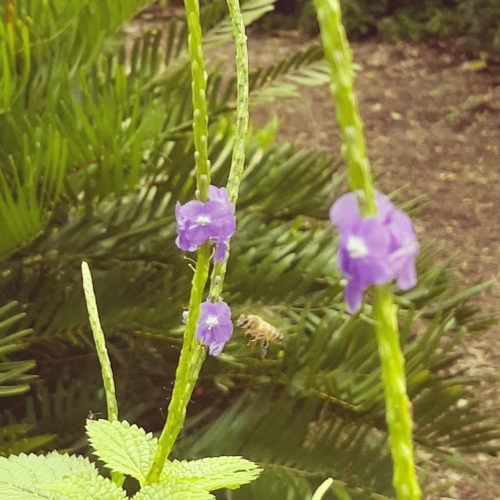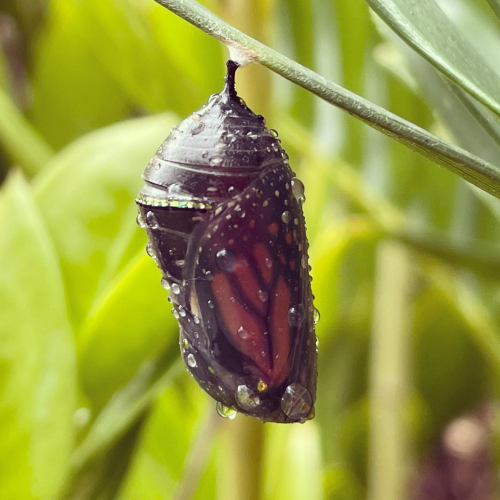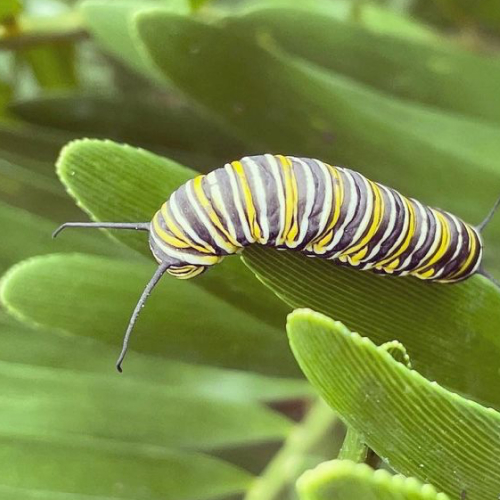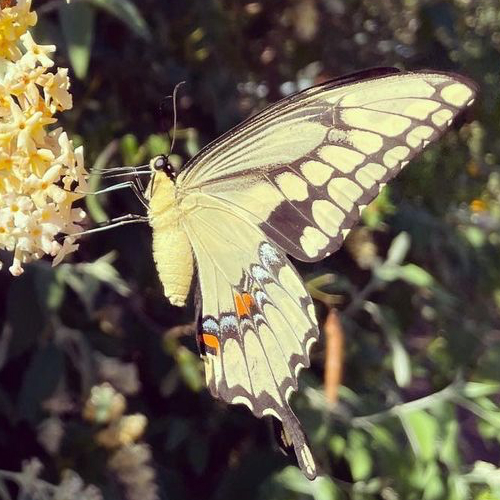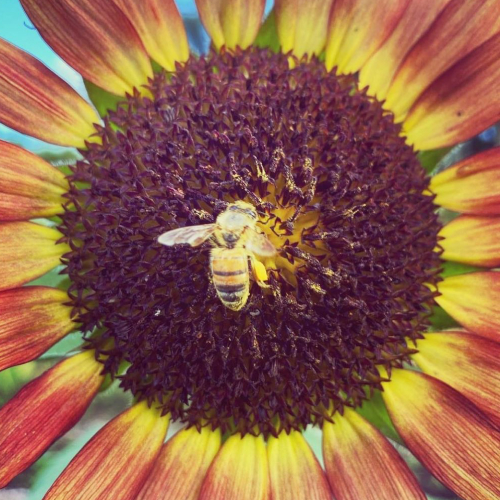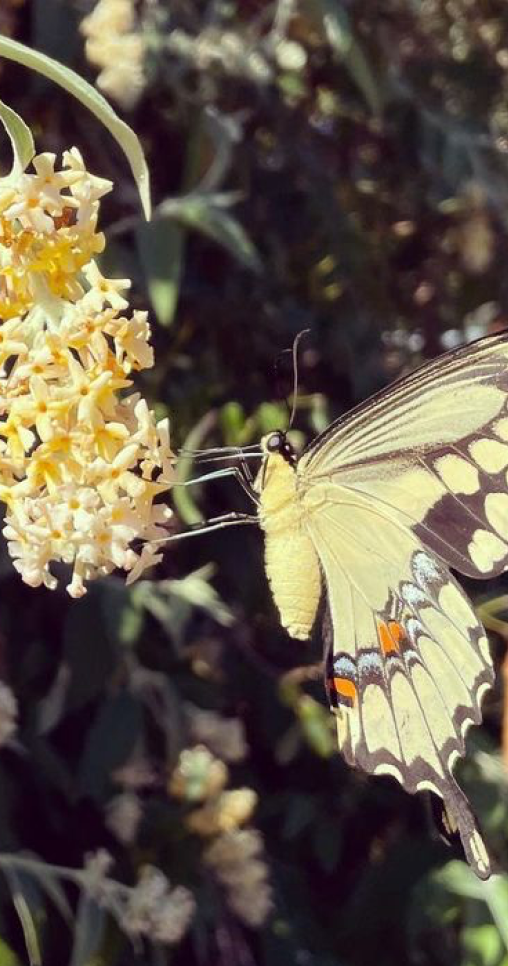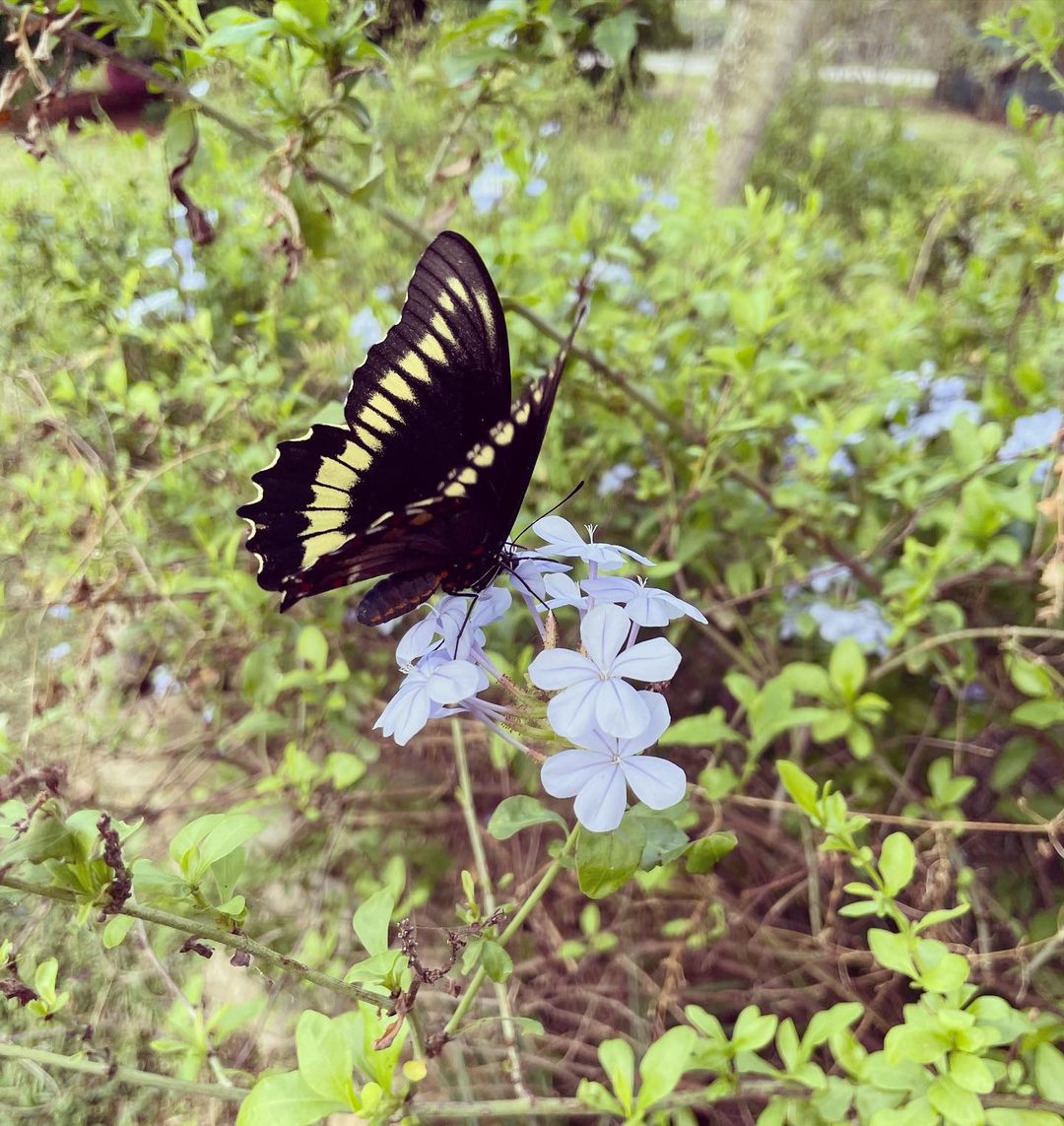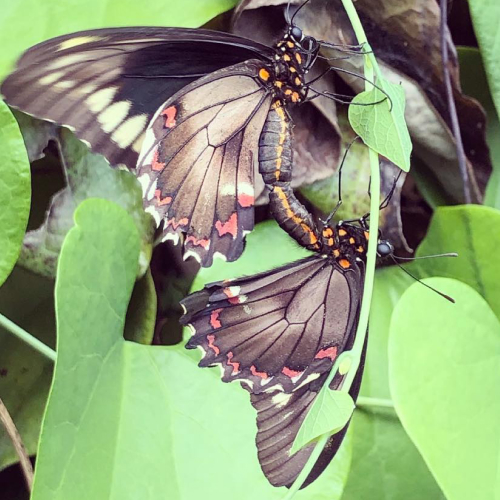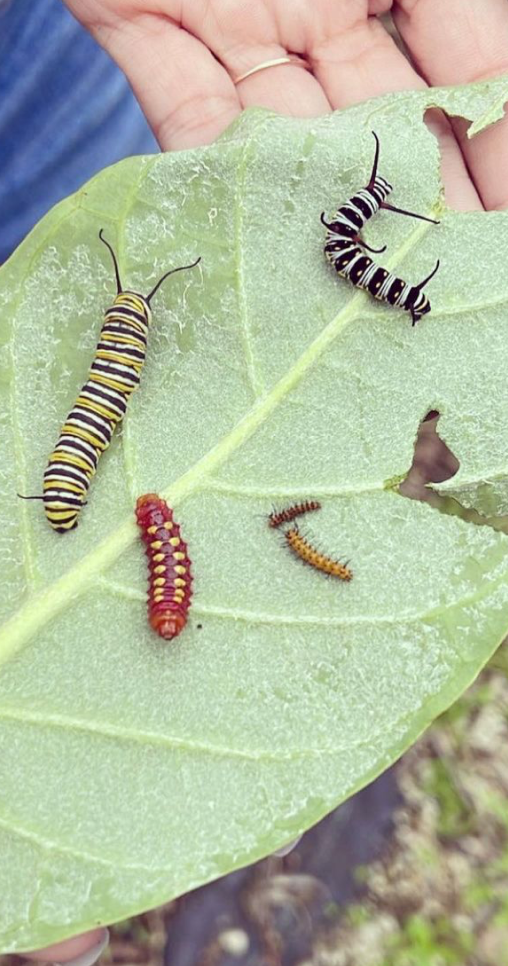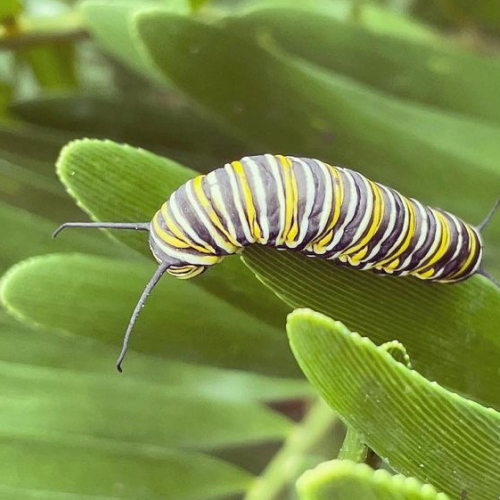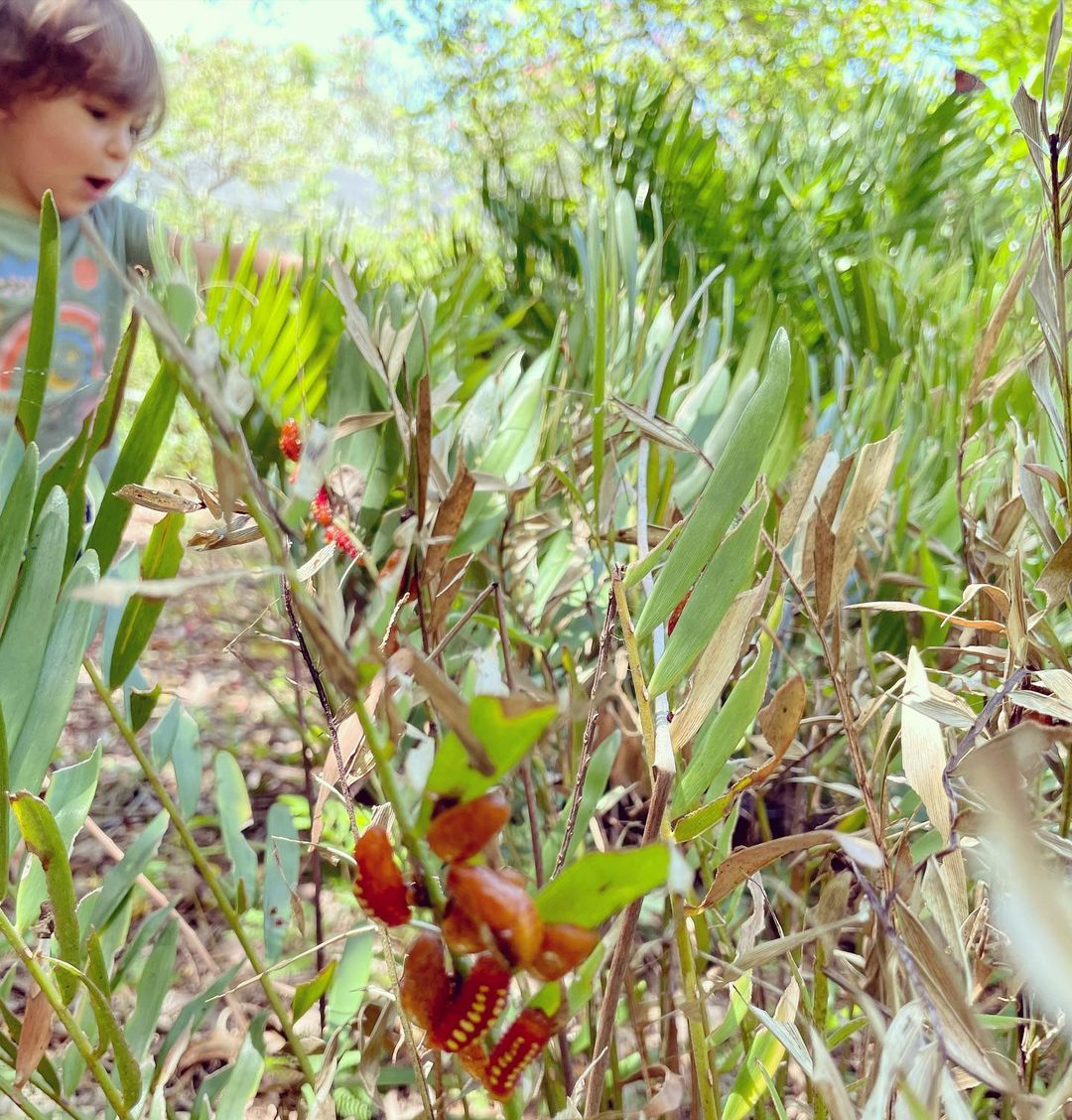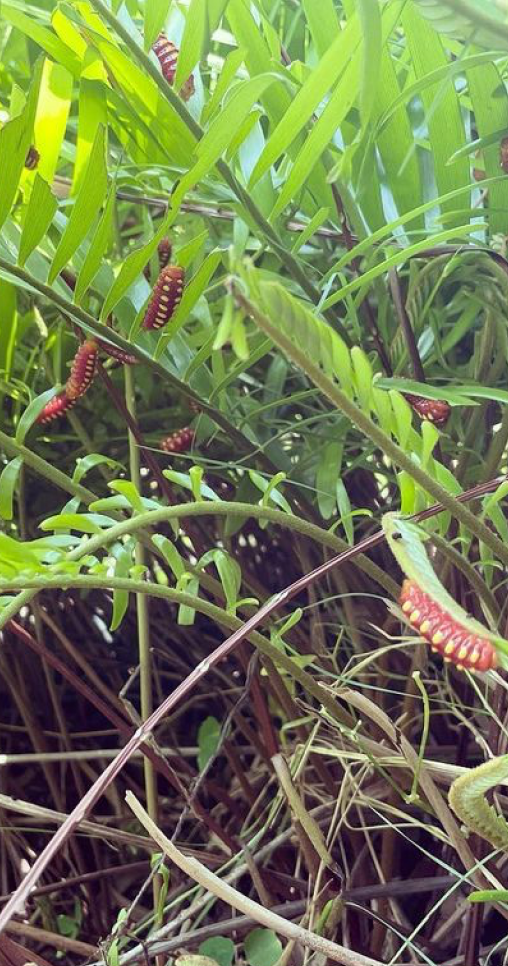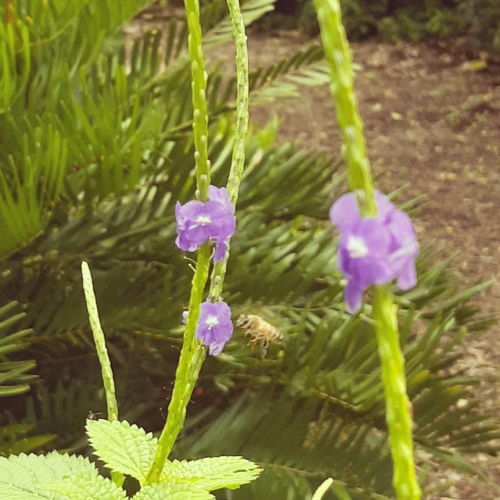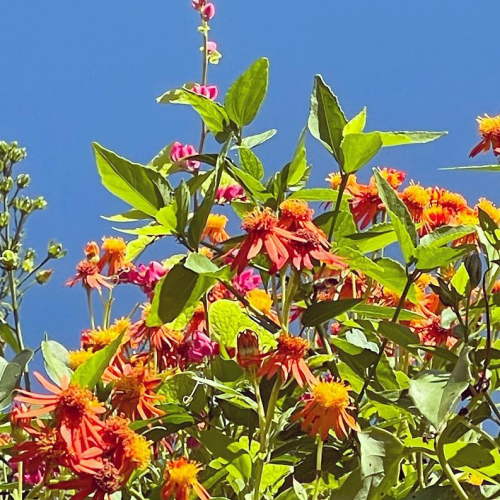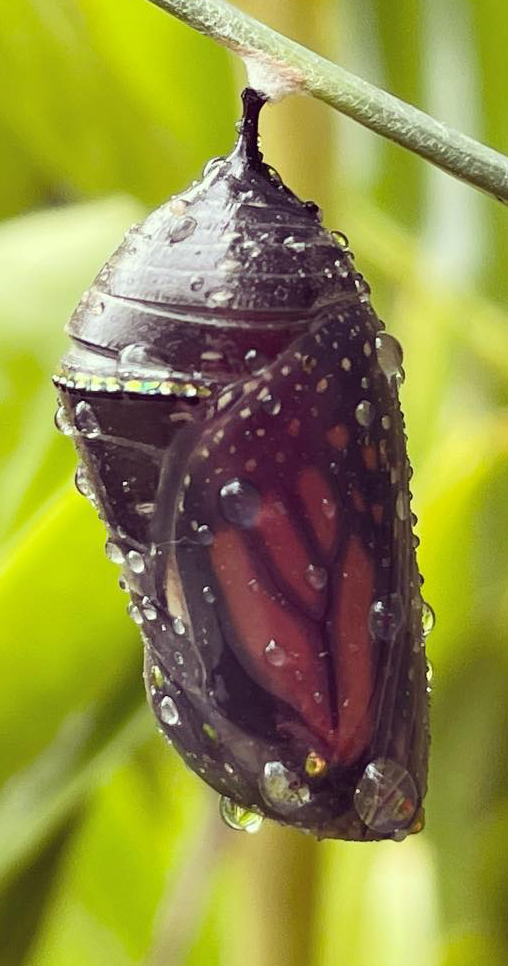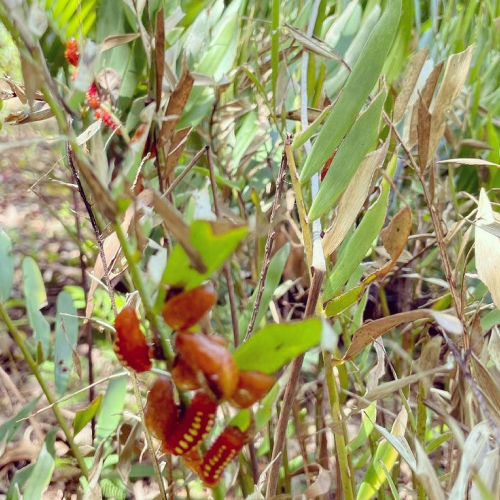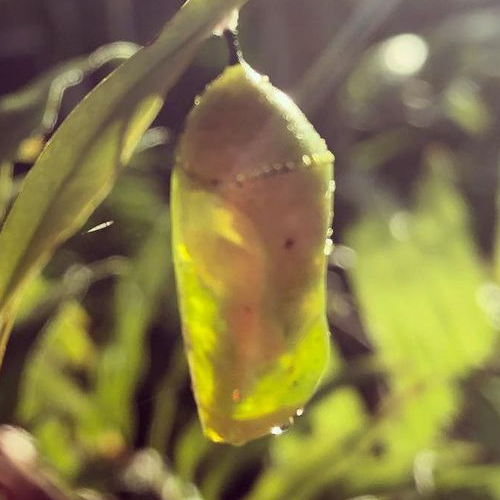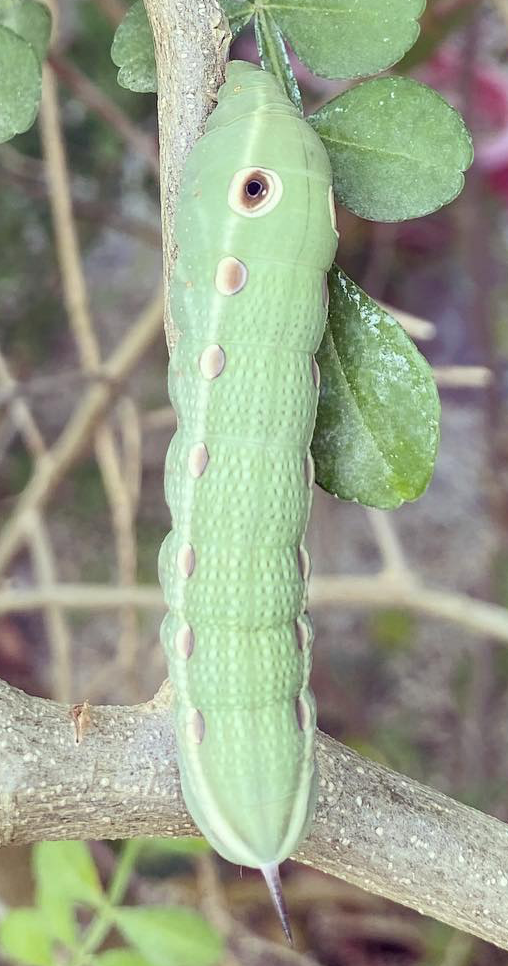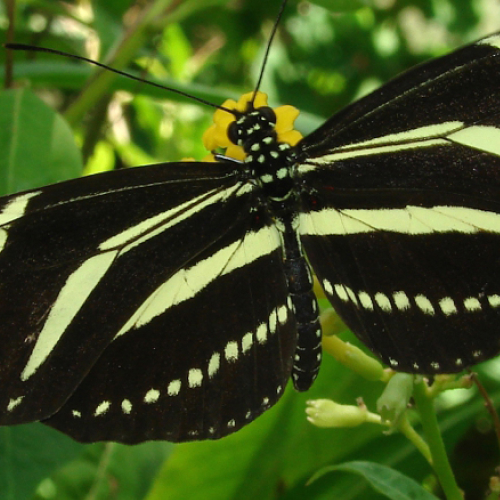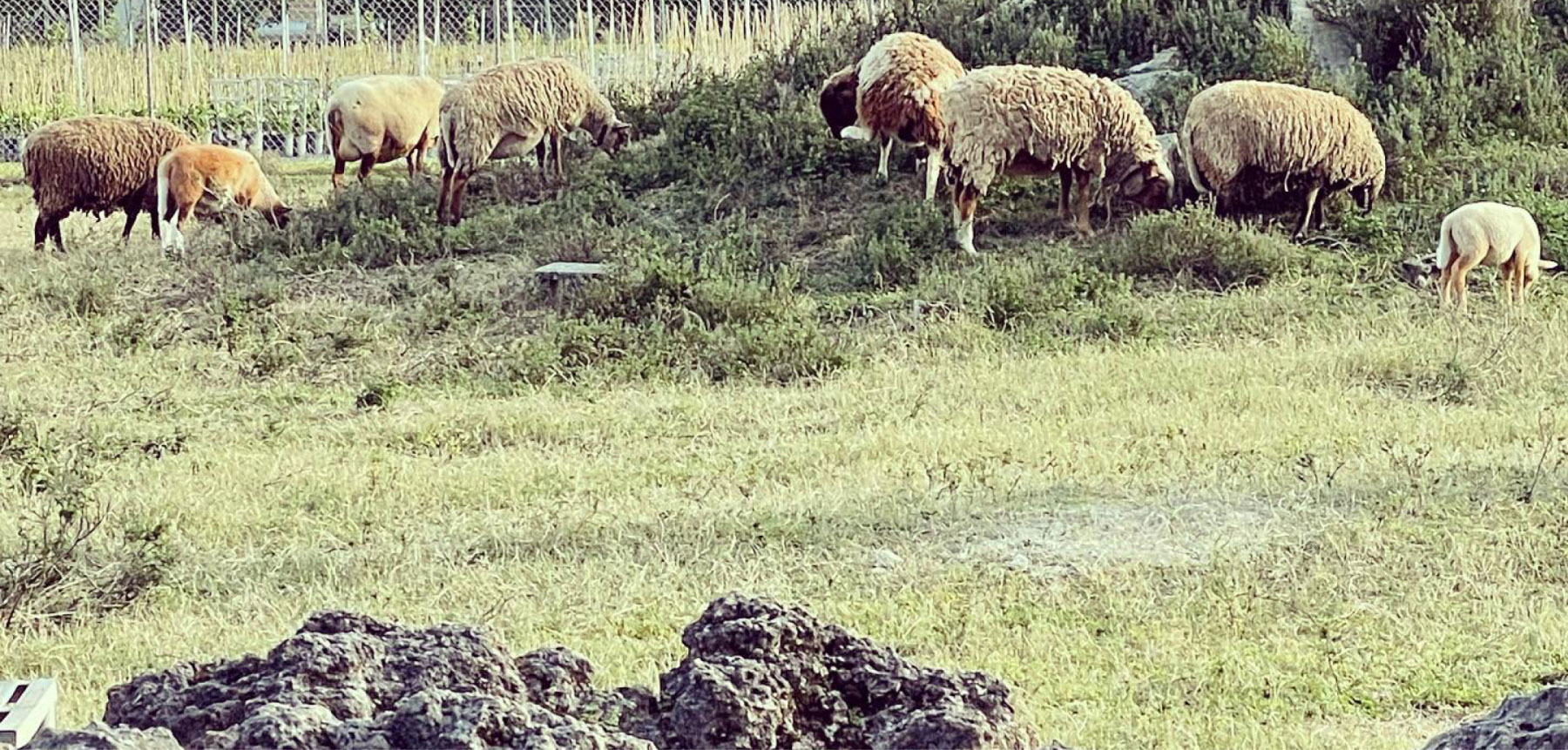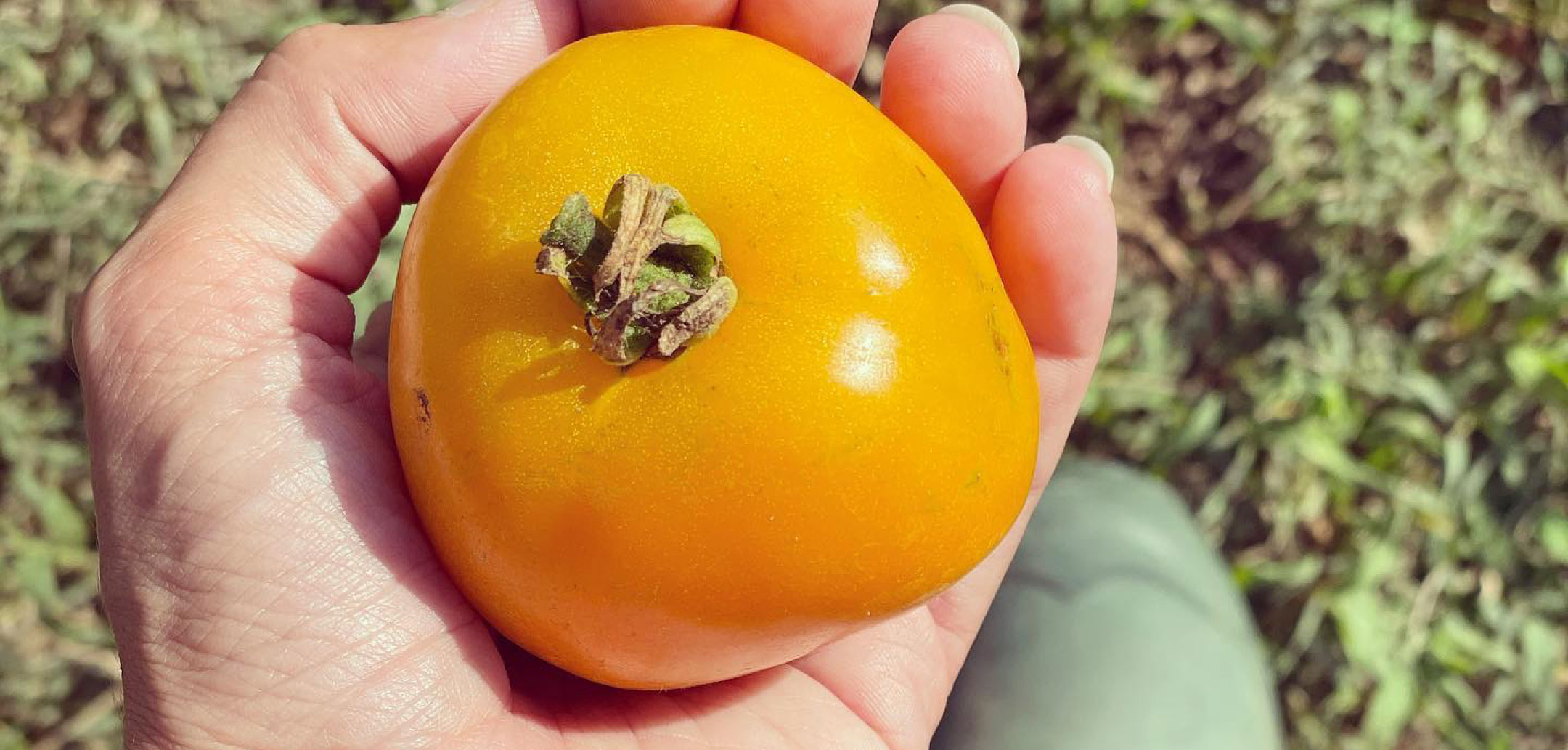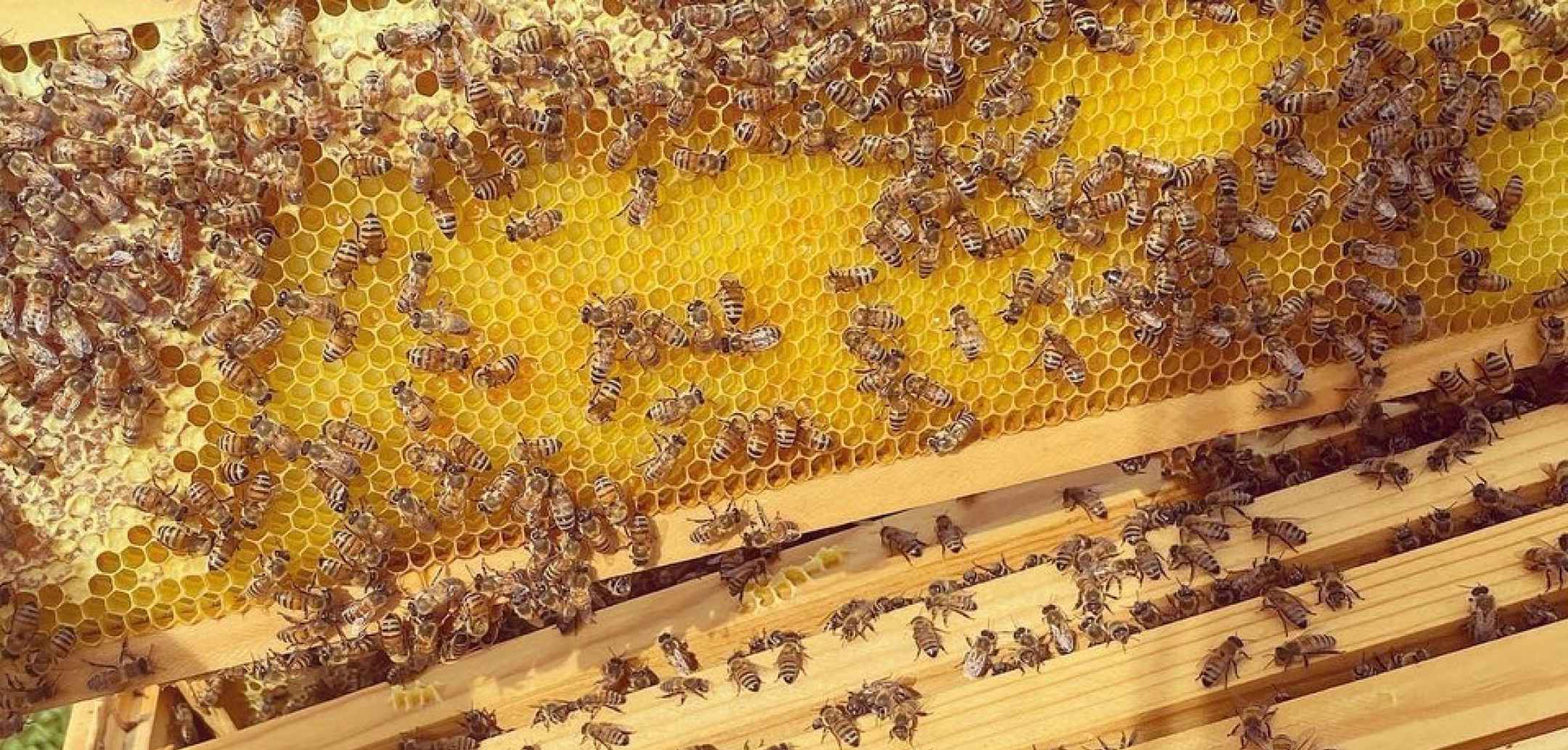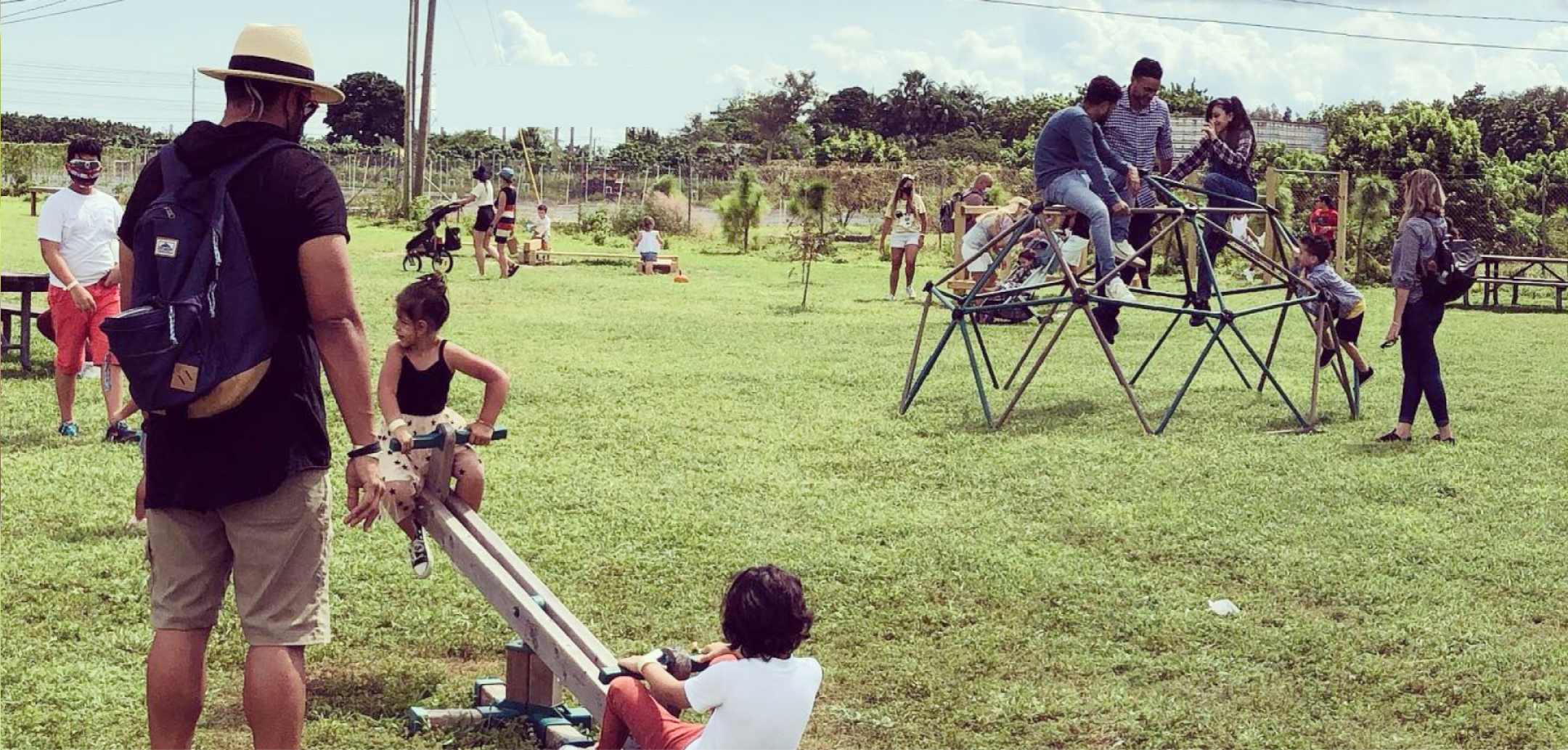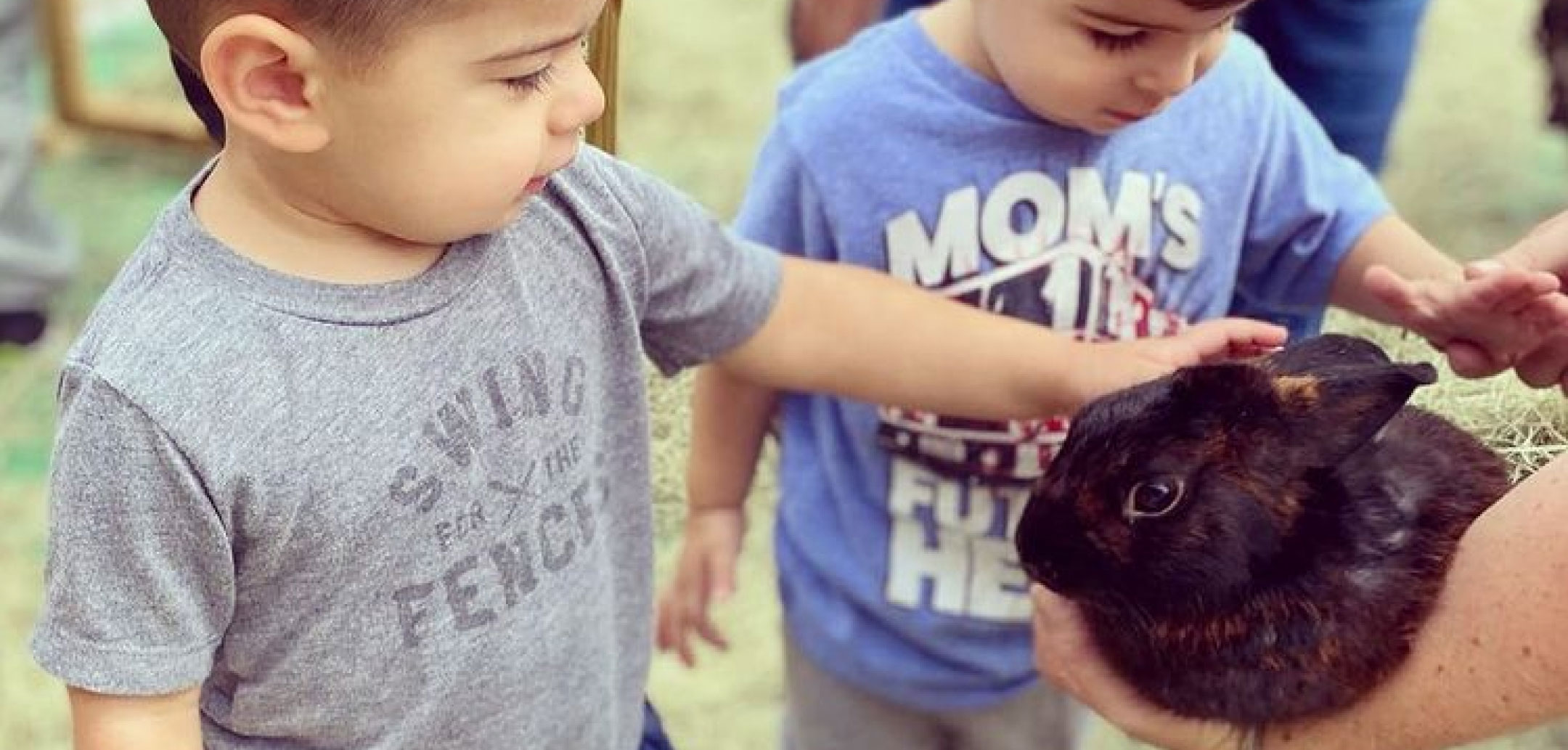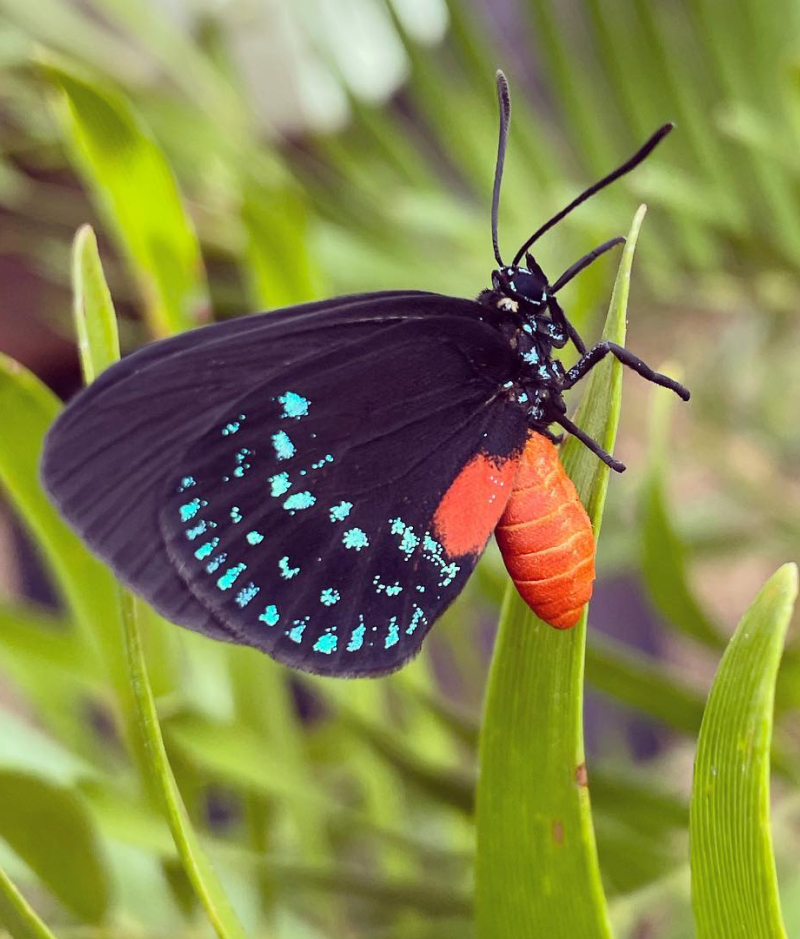
The Little Farm
Magical Garden
Throughout the year visitors can see the full life cycle of a butterfly, eggs to larvae (caterpillar) to chrysalis to butterfly. The transformation is magical and the result is inspiring.
The Little Farm Butterfly Garden is home to:
- Atalas
- Zebra Longwings
- Monarchs
- Pipevine Swallowtails
- and more!
Our garden also boasts many plants and pollinators which help make this ecosystem successful. We grow Porter Weeds for our Monarch and Queen butterflies, Coonties for our Atalas and have many flowering varieties which attract other beneficial insects. Your children will see bees, beetles, dragonflies and countless other insects.
Explore our garden
Butterflies
Soar
This is the Polydamas Swallowtail butterfly sipping sweet nectar from the Plumbago bush. Did you know that a butterfly’s straw-like tongue is called a Proboscis? It’s actually not a tongue at all; it’s an extension of their mouth into a long tube-like shape
The Atala butterfly – scientific name: Eumaeus atala Poey. We are in awe seeing these tiny beauties flying all around our pollinator garde
The butterfly garden is sprouting! The Polydamas Swallowtail, also known as the pipevine swallowtail due to its host plant, is a species of butterflies that belong to the common ‘swallowtail’ group. They are commonly seen between April and November. The butterflies lay their eggs in clusters and the caterpillars also enjoy staying close together. This along with what looks like spikes on their backs help keep them protected from predators
Caterpillars
Crawl
Monarch, queen, atala, zebra longwing, and Gulf fritillary?
Atala caterpillars and chrysalis
FUN FACTS: What’s the difference between a chrysalis and a cocoon?
Let’s break it down 🐛
Caterpillar = larva/larvae/larval stage
Chrysalis and/or cocoon = pupa/pupae/pupal stage
Butterfly/Moth that most of us recognize = Adult
Butterflies form what we call a chrysalis, rather than a cocoon. A cocoon technically refers to a silk enclosure spun around the insect to contain this process. Moths (and bees!) form cocoons.
So in other words, every chrysalis is a pupa, and every cocoon *contains* a pupa. If you’re not sure which to use, pupa/pupae will always be correct!
Few more details:
When a caterpillar is ready to enter the next stage, a chrysalis, they’ll find a secure spot to attach themselves. They’ll then remain in the “J” position until they shed their final larval exoskeleton and reveal their new form underneath.
The chrysalis will harden within a few hours, giving some protection for the next couple of weeks while the final transformation occurs. Before you know it, a butterfly is ready to emerge 🦋
Butterfly Garden Plants
Grow
These are the beautiful Zebra Longwings. They are our state butterfly here in Florida and is unmistakable with its long narrow wings, which are striped black and pale yellow. Our Butterfly Garden is full of both Corkystem and Purple Passion Vine, it’s host plant, and you can see them fluttering about.
So far we have adopted 100 Atala cats and places them on our Coontie plants. Some have already even transformed into chrysalis. Soon enough our garden will be full of Atala butterflies yet again.
Chrysalis
Transform
Butterfly season, coming right up! Here we have a Monarch chrysalis and an Atala caterpillar, both getting ready to become beautiful butterflies
FUN FACTS: The
Pollinators
Travel
The Little Farm’s Butterfly Garden is full of pollinators. Apart from these beautiful caterpillars that will turn into gorgeous butterflies, our garden is full of wildlife. Our garden is full of beneficial insects, pollinators, and plants that keep our ecology in sync. Everything in our garden is in there for a reason whether it is a nectar plant, a host plant, or ladybugs to eat aphids off of them. Often we may not notice the hummingbirds, bats, bees, beetles, butterflies, and flies that carry pollen from one plant to another as they collect nectar. Yet without them, wildlife would have fewer nutritious berries and seeds, and we would miss many fruits, vegetables, and nuts, like blueberries, squash, and almonds…not to mention chocolate and coffee…all of which depend on pollinators.
FUN FACTS: These hard-working animals help pollinate over 75% of our flowering plants, and nearly 75% of our crops.
